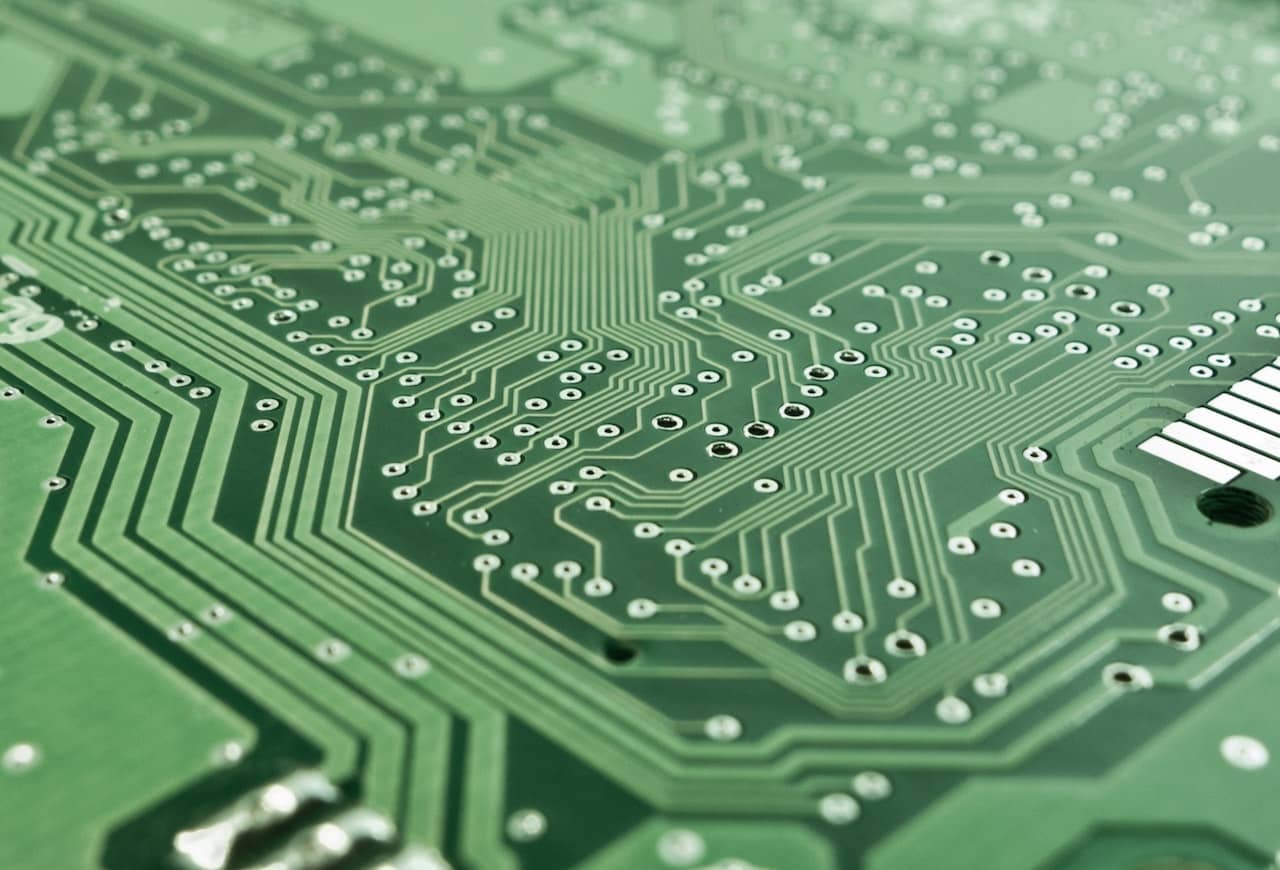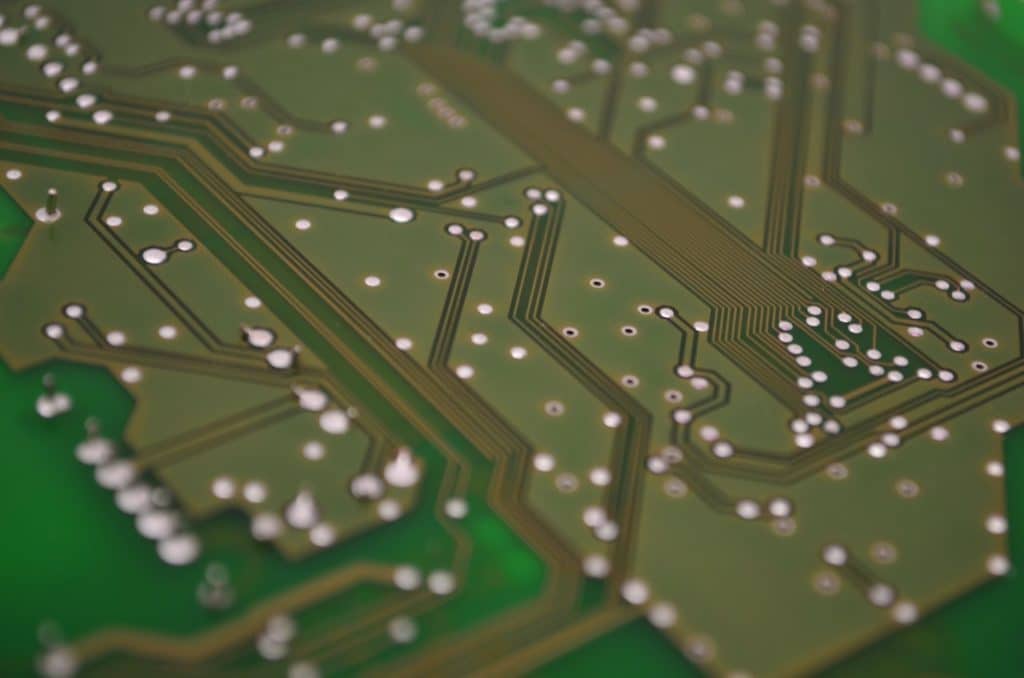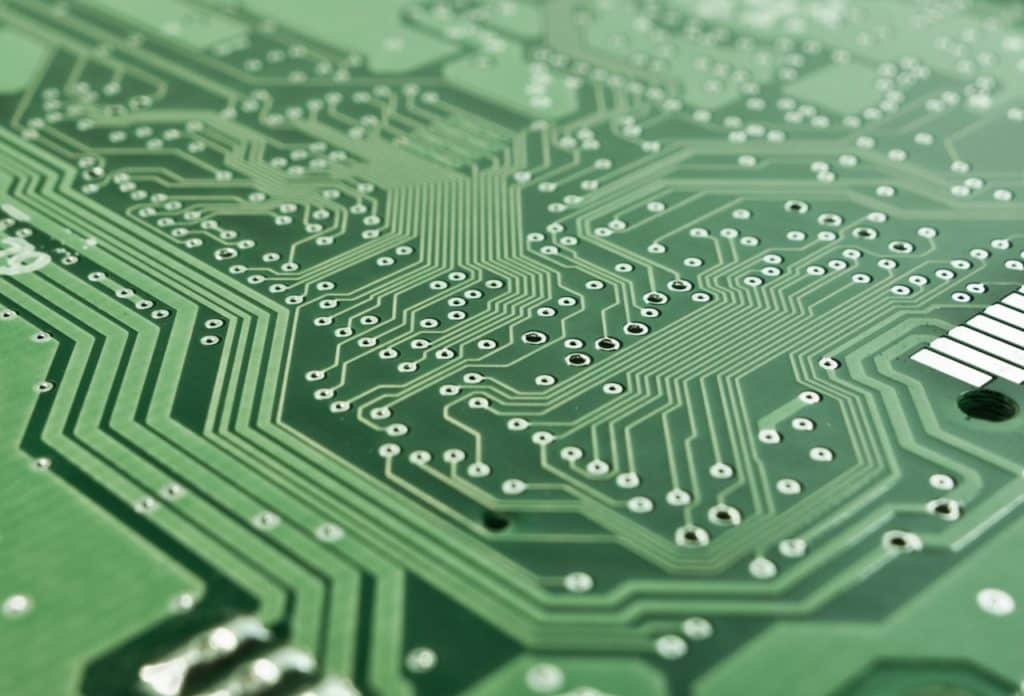Tech
Your Software is Efuse but Your Device is No-efuse?

Electronic devices are continually evolving, and so too are the methods used to protect their intellectual property. One such method is the efuse (electrical fuse) system, a technology used in many modern devices. But what happens when your software is efuse-based, but your device is not? The clash between these two technologies can lead to a host of problems. This article will delve into the core of this issue, offering detailed explanations and potential solutions.
Understanding Efuse and No-Efuse Devices
Efuse, or electrical fuse, is a single-bit programmable ROM commonly used in digital electronics to prevent software piracy, secure boot functions, store device calibration data, and more. The technology has gained traction due to its non-volatile nature – once an efuse is blown or programmed, it’s irreversible.
Devices employing this technology, known as efuse devices, utilize these miniature electrical circuits to store crucial data securely. This is typically used in game consoles like the Nintendo Switch, protecting game data and preventing unlicensed access to the software.
On the other hand, no-efuse devices don’t contain this technology. They rely on different methods to store data and provide device security. These might include traditional ROM, flash memory, or other secure storage methods. For instance, some older models of smartphones or personal computers might be examples of no-efuse devices.
The main difference between efuse and no-efuse devices is in the way they handle security and data storage. Efuse devices offer a higher level of security, making them more desirable for manufacturers wanting to protect their intellectual property. However, they may also be more challenging to modify or repair, especially by non-experts.

Challenges of Using Efuse-Based Software on No-Efuse Devices
The challenge of using efuse-based software on no-efuse devices arises from the fundamental difference in their technologies. Here’s why:
Firstly, efuse-based software might contain data or operations that specifically require the irreversible, secure efuse system. When you try to run this software on a no-efuse device, it may fail to function properly as it cannot find the expected efuse system for security checks or data storage.
Secondly, there could be compatibility issues. Software is often designed with a specific hardware system in mind. Running software designed for efuse systems on a no-efuse device can be like trying to fit a square peg into a round hole.
For instance, a video game developed for the Nintendo Switch (an efuse device) might fail to run correctly on a standard personal computer (typically a no-efuse device). The software might be expecting certain security checks that simply don’t exist on the computer, leading to failure or compromised functionality.
Lastly, there could be legal or warranty implications. Manufacturers often utilize efuse systems to prevent unauthorized modifications. Running efuse software on a no-efuse device may void the device’s warranty or contravene the software’s license agreement.
Possible Solutions and Workarounds
Although it can be challenging to use efuse-based software on no-efuse devices, it’s not impossible. Here are some potential solutions:
1. Software Modification: Modifying the efuse-based software to be compatible with no-efuse devices is one potential solution. This would typically involve removing or altering parts of the software that specifically require the efuse system. However, this process is often complex and may require advanced programming skills. Plus, it’s essential to consider that software modification could violate terms of use or license agreements.
2. Emulation: Emulation is another common solution. An emulator is a software tool that replicates the behavior of a particular hardware or software system. For example, with an emulator, you can run a game developed for the Nintendo Switch on your PC by mimicking the Switch’s hardware and software environment. Numerous emulators like Yuzu or Ryujinx offer such functionalities.
3. Virtual Machine: Using a virtual machine (VM) is a similar concept to emulation. A VM creates a separate operating environment within your device that can have different system characteristics. You could potentially create a VM that mimics an efuse device and run the efuse software within this environment.
4. Hardware Modification: In some cases, it might be possible to modify the hardware of a no-efuse device to mimic an efuse device. This would likely involve adding additional security features to the hardware, and would require significant technical expertise. However, like software modification, this could void warranties or contravene license agreements.

Case Studies and Real-life Examples
Understanding theory is good, but let’s take a look at real-life examples for a more practical understanding:
1. The Nintendo Switch Emulation: The Nintendo Switch, which uses efuse technology, has been successfully emulated by tools such as Yuzu and Ryujinx. This allows games designed for the Switch to be played on no-efuse devices like a PC. It’s an excellent example of how efuse software can be adapted to work on non-efuse devices.
2. PlayStation 3 Emulation: The PlayStation 3, another efuse device, has been successfully emulated by RPCS3. This open-source software allows PlayStation 3 games to run on Windows and Linux, demonstrating that software modification and emulation can enable efuse-based software to run on no-efuse devices.
3. Hardware Modification in Xbox 360: The Xbox 360, an efuse device, has seen cases of hardware modification to unlock its software capabilities. Modders have used complex methods to override the efuse system to allow the running of unauthorized software, providing a real-world example of hardware modification to navigate the efuse system.
Conclusion
Navigating the realm of efuse and no-efuse devices can be tricky, especially when attempting to run efuse-based software on a no-efuse device. However, understanding the differences between these technologies and the potential workarounds can guide you towards feasible solutions. Keep in mind that any modifications to the software or hardware should be approached with caution, considering both technical difficulties and legal implications. As technology continues to evolve, the interaction between efuse-based software and no-efuse devices will undoubtedly become a growing point of interest.
-

 Business6 months ago
Business6 months agoBest Technology Companies To Work For: 10 Top Picks For You
-

 Business5 months ago
Business5 months agoLatest Developments In Artificial Intelligence: 5 Best Breakthroughs
-

 Development and Hacking5 months ago
Development and Hacking5 months agoEmerging Technologies In Cyber Security: Full Guide In 2025
-

 Phones5 months ago
Phones5 months agoFind My Phone Using Google Account: Full How To Guide (5 Steps)
-

 Business4 months ago
Business4 months agoBest Tech Cities In The US: 7 Opportunities You Shouldn’t Miss Out
-

 Phones4 months ago
Phones4 months agoFind Samsung Phone: 6 Great Ways To Find Lost Or Stolen Device
-

 Phones3 months ago
Phones3 months agoAll Google Apps: Ultimate Guide For The Most Useful Ones (2025)
-

 Phones3 months ago
Phones3 months agoSwitch From iPhone To Android: 7 Reasons For Switching Sides



















